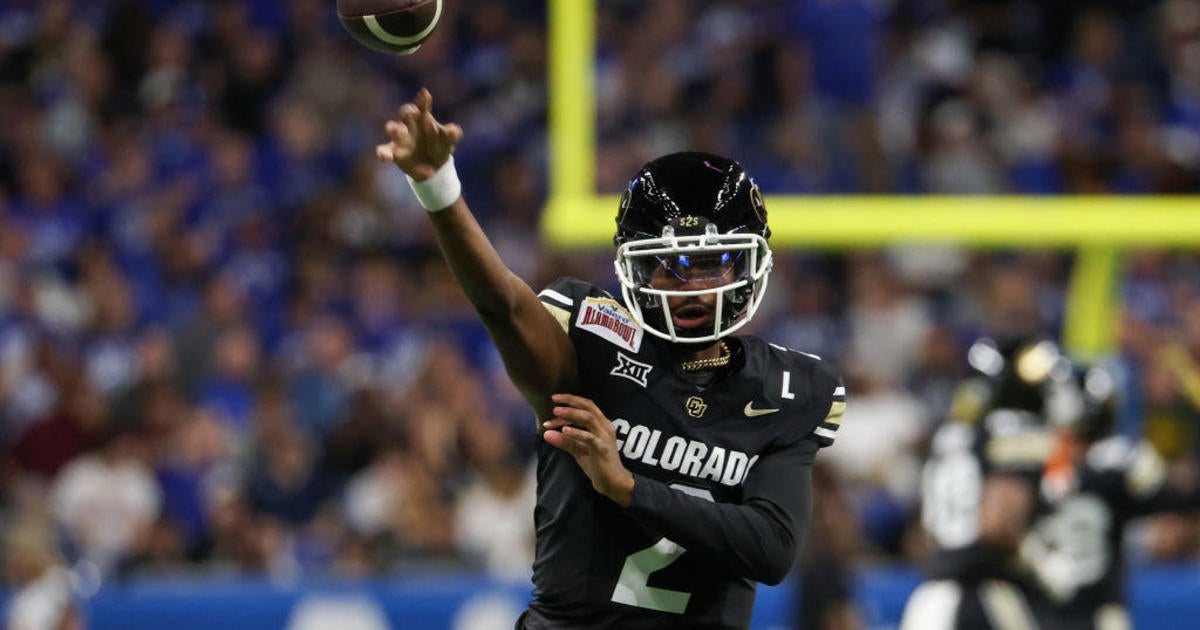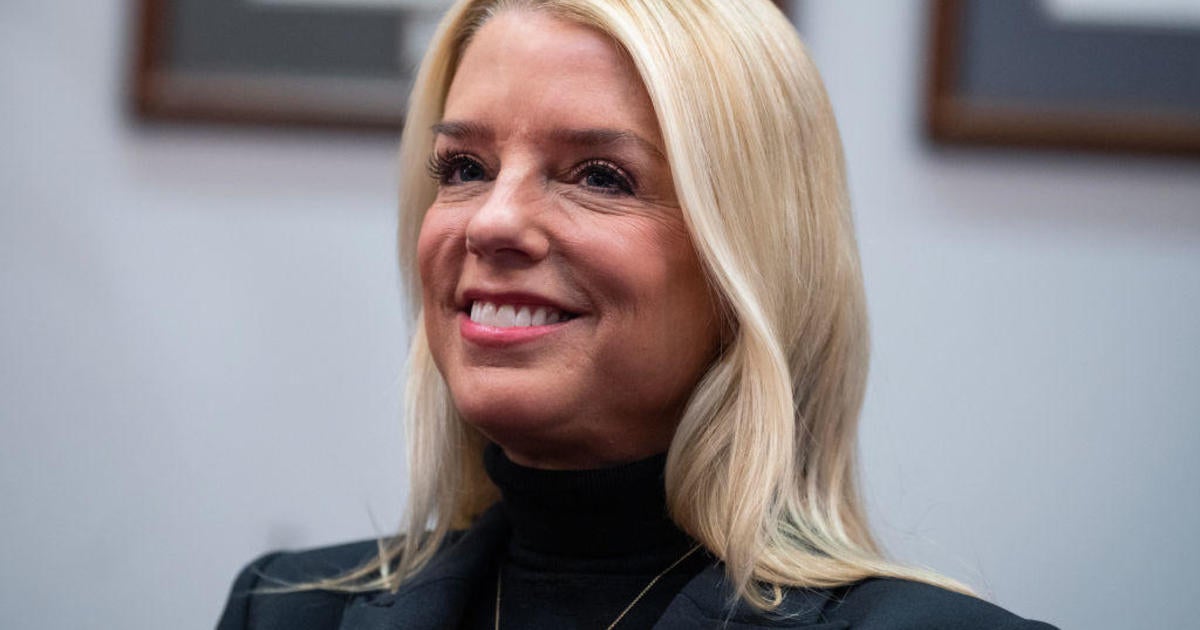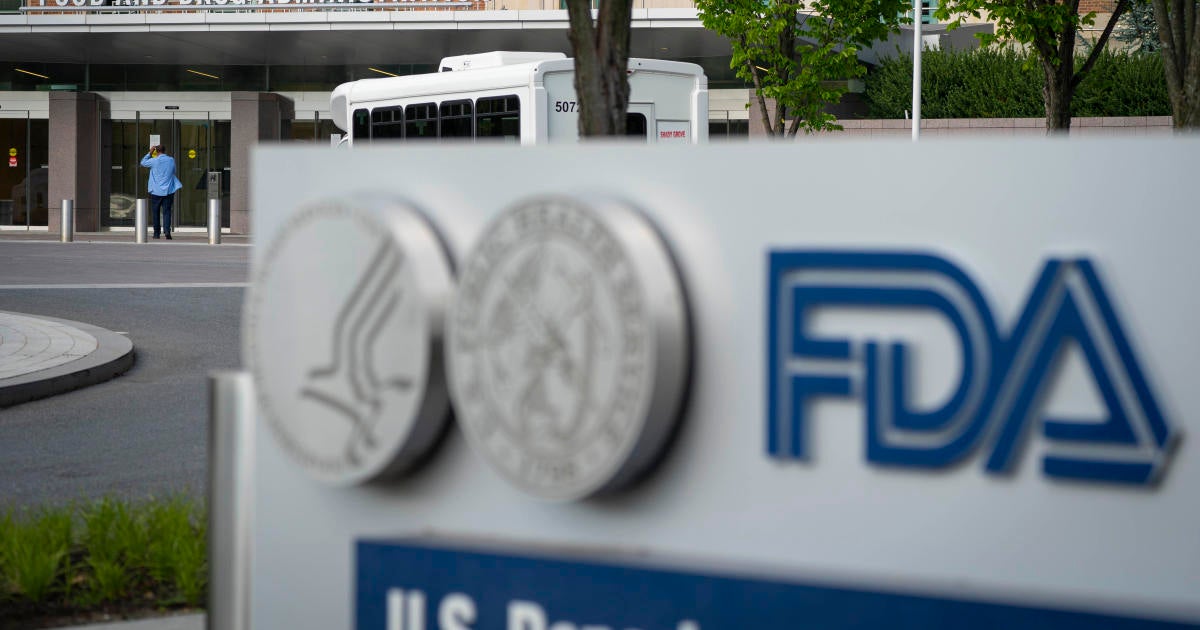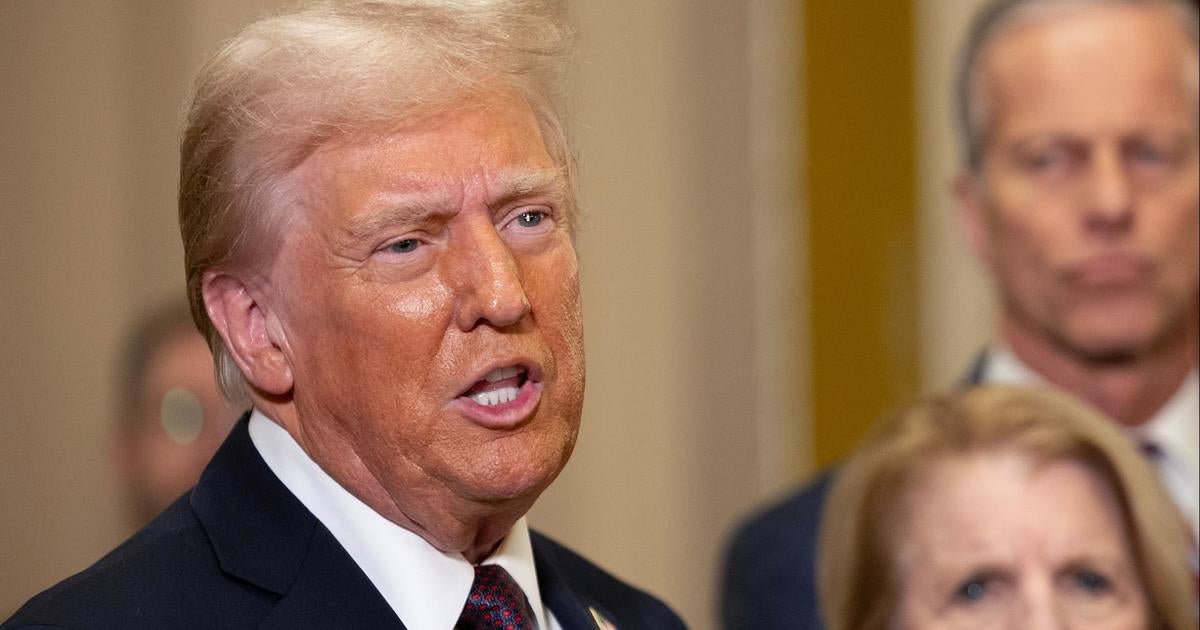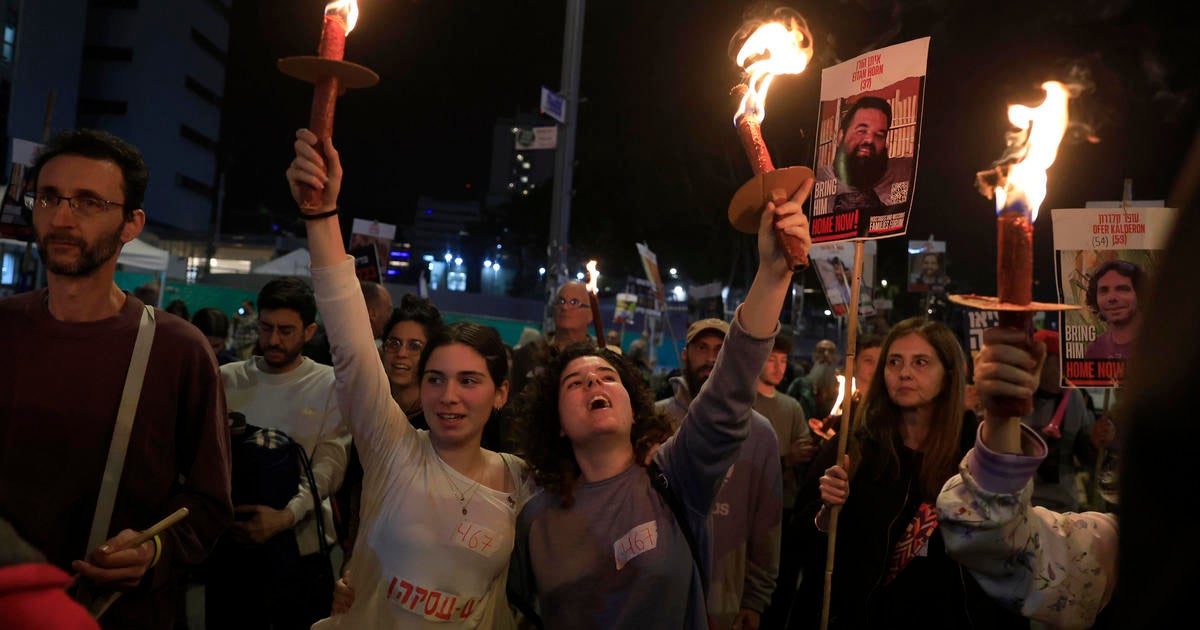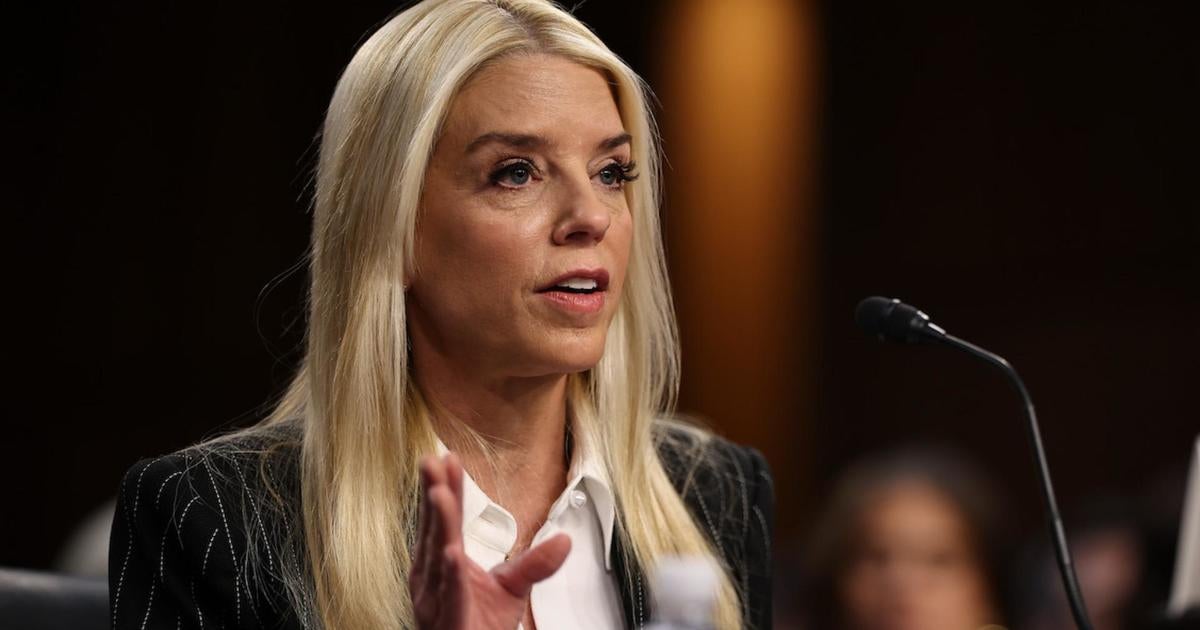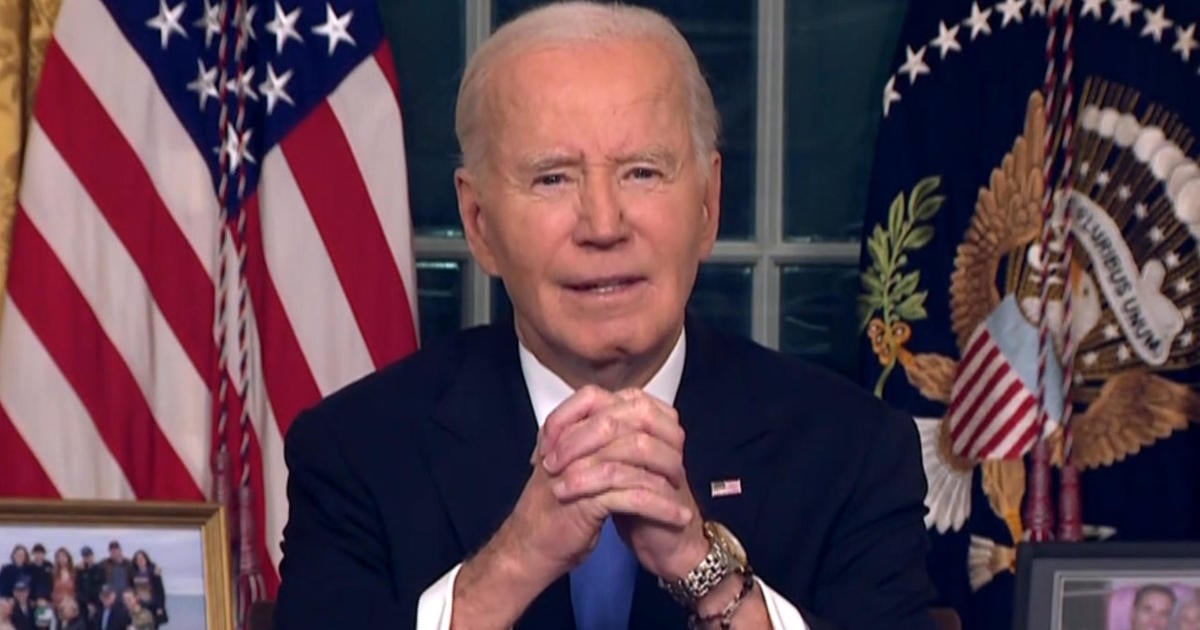NIL creating “have-not” college sports
Rochester Hills, Michigan — Oakland University coach Greg Kampe’s Golden Grizzlies shocked the basketball world last year when, as a No. 14 seed, the 13-point underdogs toppled perennial powerhouse Kentucky in the NCAA Tournament.
It was Kampe’s biggest win in his 41 years at Oakland, which is located in Rochester Hills, Michigan. But now, he says, his biggest challenge comes off the court.
“I spend my summers trying to raise money so I can buy players,” Kampe said. “Can you imagine? College coaches are now saying that because it’s true.”
Forget the old definition of an amateur athlete. College athletes can now make millions before ever going pro thanks to a set of NCAA rules loosening former restrictions on players profiting off NIL, which stands for name, image and likeness.
As of 2021, any athlete — especially big stars like Colorado football’s Shedeur Sanders and former Indiana basketball sensation Caitlin Clark — can profit from commercial endorsements, jersey sales and even autograph sessions.
What’s really changing the game, though, is another part of the program that’s morphed into a monster — athletes getting paid just to play.
Kampe says that when he’s recruiting a player, the conversation about financial compensation is “initial, it’s right at the start.”
Schools are tapping deep-pocketed alums and donors to pay millions to high-level athletes. The schools are launching bidding wars for recruits and raiding each other’s rosters. Three of Kampe’s best players transferred to programs with more money shortly after last year’s tournament.
“Some Power Five comes in and offers him $500,000,” Kampe said. “OK, I can’t offer him that. So how do I tell a kid, ‘Don’t go take $500,000?'”
An estimated $1.67 billion was spent in 2024 on student-athletes, according to a report from Opendorse, an NIL tech company. Nearly all of that was for men’s sports, including $1.1 billion spent on college football and an estimated $390 million on college basketball.
So much money is leaping toward those two big men’s sports, that sports that don’t earn profits are in danger of shrinking.
“I’m not signing for millions of dollars, I didn’t get into track and field for the money,” Jadin O’Brien, a two-time pentathlon national champion at Notre Dame, told CBS News.
O’Brien is grateful for the endorsement money, but it’s around one-third of what the average college football player makes.
“I love the sport and I’m good at it,” O’Brien said. “And if I make little money on the side, that’s great.”
Kampe says he’s not against the new system, he just wants to see it improve.
“I’m not the old man yelling at the cloud,” Kampe said. “I want to be part of the solution.”
Kampe now plays teams that can spend millions more than Oakland, and he worries college sports may be headed toward an era of haves and have-nots.
“I think that panic right now is that you’re going to see the same 68 teams in the NCAA tournament every year, you’re gonna see the same 12 teams in the College Football Playoff every year,” Kampe said. “And I think the true fans, that’s a panic.”

